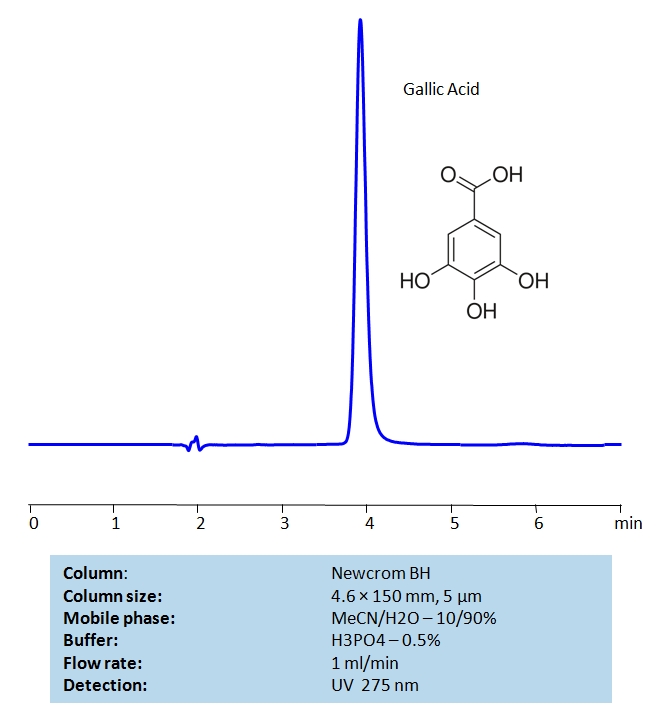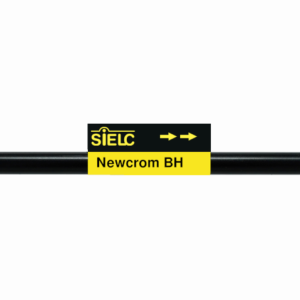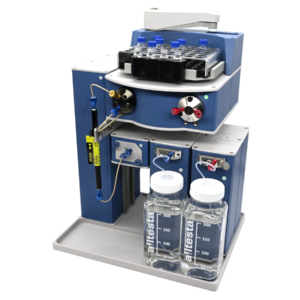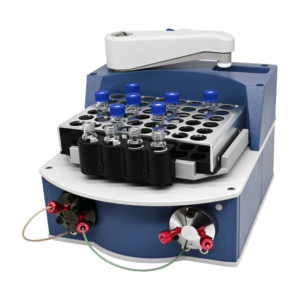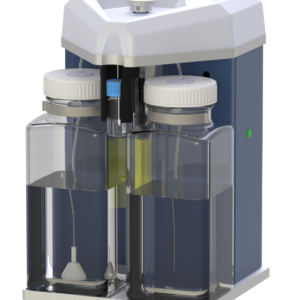HPLC Method for Gallic acid on Newcrom BH by SIELC Technologies
High Performance Liquid Chromatography (HPLC) Method for Analysis of Gallic acid.
Gallic acid is a naturally occurring polyphenol compound present in fruits, vegetables, and herbals with the chemical formula C7H6O5. Gallic acid has many biological properties, including antioxidant, anticancer, anti-inflammatory, and antimicrobial properties. It was a key ingredient in European iron gall ink from its first discovery in the 12th century until the 19th century. In modern times, it’s heavy metal salt, Bismuth subgallate, known by its trade name Devrom, is known for its effects at deodorizing flatulence and stools.
Using Newcrom BH mixed-mode column and a mobile phase consisting of acetonitrile (ACN), and water with phosphoric acid (H3PO4) buffer, Gallic acid can be retained and UV detected at 275nm.
| Column | Newcrom BH, 4.6 x 150 mm, 5 µm, 100 A, dual ended |
| Mobile Phase | MeCN/H2O – 10/90% |
| Buffer | H3PO4 – 0.5% |
| Flow Rate | 1.0 ml/min |
| Detection | 275 nm |
| Class of Compounds | Acid |
| Analyzing Compounds | Gallic acid |
Application Column
Newcrom BH
Column Diameter: 4.6 mm
Column Length: 150 mm
Particle Size: 5 µm
Pore Size: 100 A
Column options: dual ended

